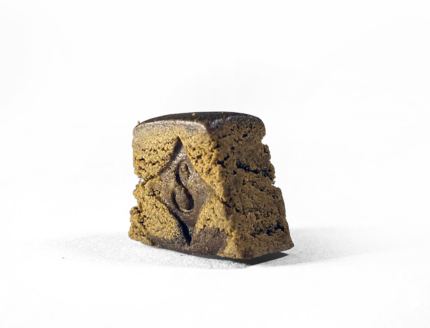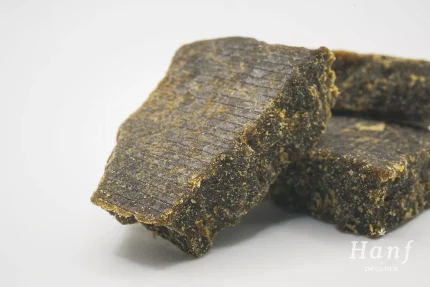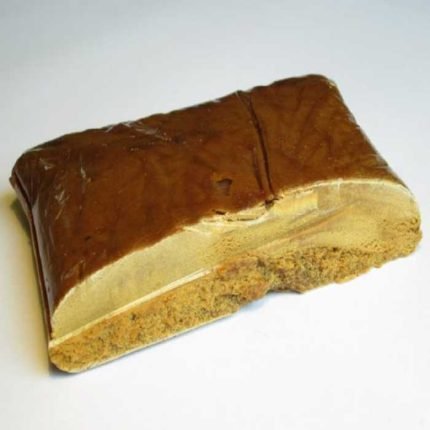History of Lebanese Hash
The term “Lebanese Hash” is given to a variety of cannabis plants in the Middle East, mostly in southern Lebanon. This name has been given not only due to the resemblance, the plants have to the Lebanese Hash Table (a pastry in English) but also because of a resemblance in appearance to a rose. The red in Red Lebanese Hash comes from the cultivar’s natural curing and drying method, where the young plants are left on the earth until they’re almost ready, and through this method they gain a beautiful red tint from the sun, and its natural pistils that give off an orange-red color. Lebanese Hash also includes strains of cannabis that show clear signs of resin glands, these being more evident on immature plants. The pistils have this heavy resinous, fragrant odor that some find very pungent, almost like they were smoking a blend of sweetbreads.
The resin glands, as mentioned above are the main contributor to the smell of Lebanese hash, though it is interesting to note that both the scent and the taste do share similarities with that of cannabis, which can be why some may consider it to be a crossover hybrid between cannabis and hash. Regardless of whether or not this is considered to be true, one cannot discount the amount of taste that is added to the final product, which is often quite tart and has a very sweet taste to it. Some even compare the taste to that of maple syrup or butterscotch. The two main constituents in the lean extracts used to produce this immensely popular beverage are the high percentages of THC and CBD.
To produce their famous red Lebanese hash, the cultivars use the very best Arabica and sativa strains of cannabis. This highly potent trichomes and cannabidiol (CBD) are exactly what the name suggests. These are only two of the many things that make up the Lebanese hash; there are also a variety of additional factors that give it the ability to be so extremely potent, as well as highly aromatic.
It is very rare for the Lebanese hashish to include any hashish at all, instead relying on various kinds of juices and syrups to add extra flavor. Some of the most popular juices used in this preparation are ginger juice, honey, lemon juice, rosewater, Rosemary, tamarind, and clove. Of course, there is the traditional bubble hashish, also known as “baklava”. Bubble hashish in its purest form is a concentrated, thick, viscous red liquid that is heated just prior to extracting with a small amount of water to form a thick, syrupy mess. Although the word “bubble” may put some off, this is one of the most popular forms of Lebanese hashish, as it can be prepared in almost any shape you desire.
Many of the world-famous hash varieties come from a number of different geographic areas around the Middle East. While the most common varieties are from Syria and Iran, there are also many that come from Cyprus, Israel, and Lebanon. The strain most commonly known around the world is that which is created from lecithin, a natural substance produced by the wheat kernels. Lebanese hash blonde Lebanese hash comes almost exclusively from these two locations, as only the water is used to extract the lecithin from the wheat. Other locations that produce this herbal supplement include Jordan, Egypt, and Portugal.
There are a number of different ways that people have been preparing hashish for centuries, including smoking, drying, and even using it in sweets or desserts. Dried hashish has been found in tomb murals from ancient Mesopotamia, as well as being featured in courtly ceremonies in medieval Europe. Even though hashish is most commonly consumed as a hot tea, it is sometimes added to food to make a delicious dessert. Many Middle Eastern foods use hashish as a marinade to add flavor to meats or as a popular flavoring for yogurt or desserts













